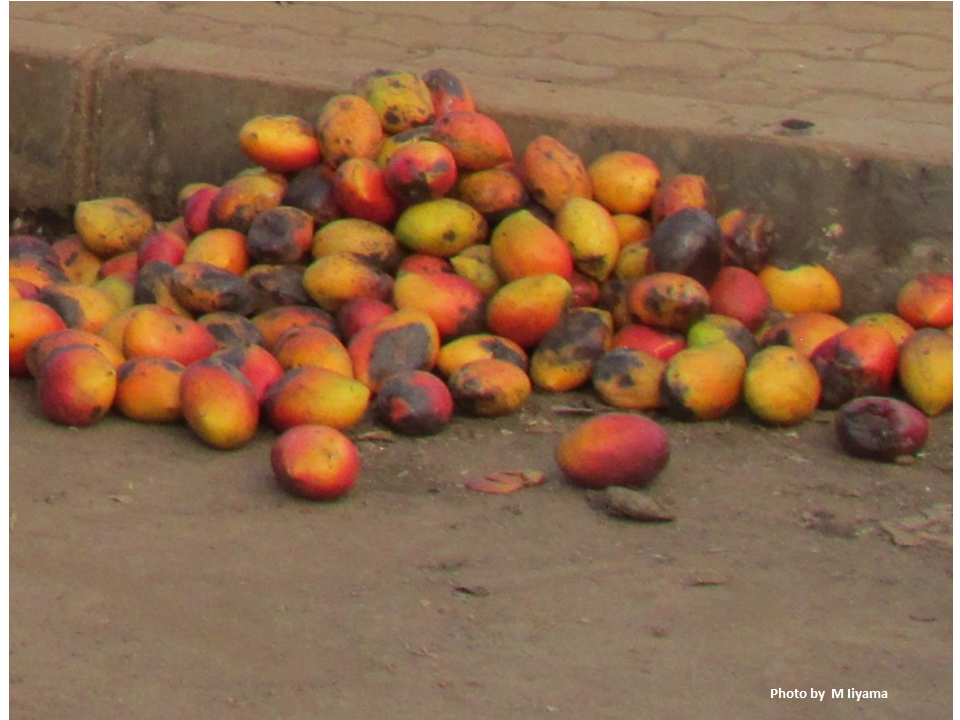Pick Up
1348. International Day of Awareness of Food Loss and Waste

1348. International Day of Awareness of Food Loss and Waste
September 29th is the International Day of Awareness of Food Loss and Waste (IDAFLW).
Food loss and waste undermine the sustainability of our food system. They waste all the resources used in food production, including water, land, energy, labor, and capital. Furthermore, disposing of food loss and waste in landfills contributes to greenhouse gas emissions and contributes to climate change. Food loss and waste also have a negative impact on food security and food supply, and can lead to higher food prices.
To make our food systems resilient and sustainable, an integrated approach to reducing food loss and waste is needed. Action is needed at both global and local levels to make the most of the food produced. The adoption of technology, innovative solutions, new ways of working, and good practices for food quality control and food loss and waste reduction are key to realizing this change.
With five years left to achieve Target 12.3 of Sustainable Development Goal 12 (Responsible Consumption and Production), action to reduce food loss and waste must be accelerated immediately.
Food Loss and Waste: Key Figures
- In 2021, an estimated 13% (1.25 billion metric tons) of food was wasted globally between harvest and retail shelf life (FAO, 2023).
- In 2022, an estimated 19% (1.05 billion metric tons) of food was wasted in households, food services, and retail outlets (UNEP, 2024).
- 60% of global food waste originates from households (UNEP, 2024).
- In 2023, approximately 28.9% of the world's population (2.33 billion people) were moderately or severely food insecure (FAO et al., 2024).
- By 2023, one in 11 people worldwide was facing hunger (FAO et al., 2024).
- Food loss and waste account for 8-10% of global greenhouse gas emissions (IPCC, 2019).
Contributor: IIYAMA Miyuki, Information Program
